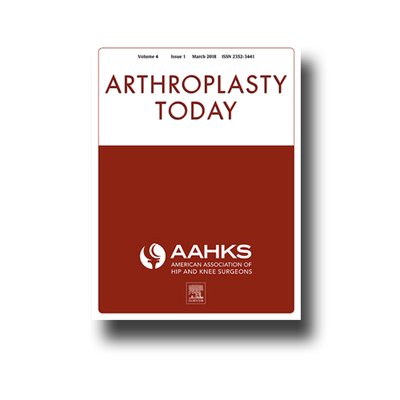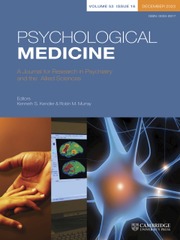
“A 1:1 ratio of cannabidiol to tetrahydrocannabinol (CT) was suggested to be safer for therapeutic purposes in many illnesses. However, CT effects on methamphetamine (METH) conditioned place preference (CPP) remained largely unexplored. This study aimed to examine the effects of CT on METH CPP mice evaluated by animal behaviors accompanied by local field potential (LFP) signals analysis. Male ICR mice were implanted with the LFP electrode in the ventral tegmental area (VTA) and the nucleus accumbens (NAc). Animals were next subjected to induce METH CPP by peritoneal injection with 1mg/kg METH and 0.9% NaCl on an alternate day for ten sessions and confined to the corresponding compartment for 30min meanwhile control mice were given normal saline all day for both compartments. On testing day, either 10mg/kg CT or 20mg/kg bupropion (BP), a dopamine reuptake inhibitor, and VTA GABAergic suppressor were orally administered before CPP testing. The results exposed that CPP scores elevation was observed in the METH+vehicle and METH+BP mice, but this was reversed by CT treatment. Although both METH+vehicle and METH+BP enhanced the VTA delta power, NAc gamma I power, NAc delta-gamma coupling, and VTA-NAc gamma I coherence, changes in opposite trends of all mentioned parameters were seen by CT application. These improvements were postulated to involve the antidopaminergic effects of CT via modulations of neural signaling in the VTA and NAc. Altogether, the evidence-based study may suggest the using CT in alternative drugs for METH-seeking and craving therapy.”
https://pubmed.ncbi.nlm.nih.gov/36336144/
“From the encouraging results, the CT would be developed and deployed as a novel drug for the treatment of METH dependence.”
https://www.sciencedirect.com/science/article/pii/S0361923022003112?via%3Dihub








